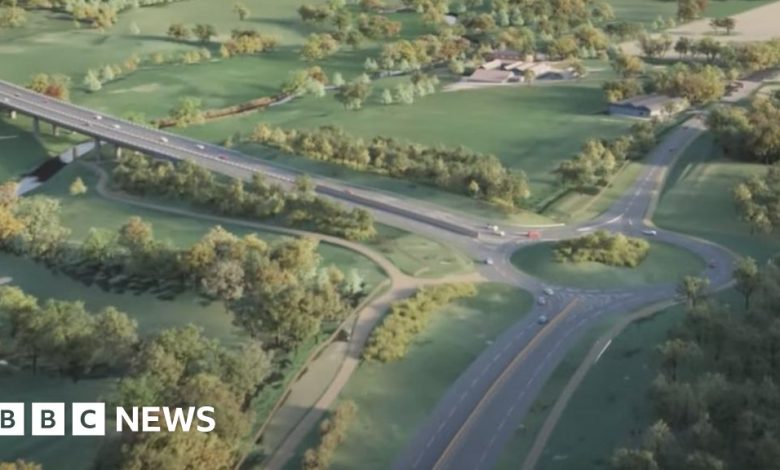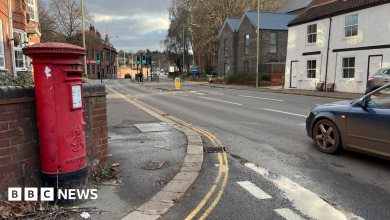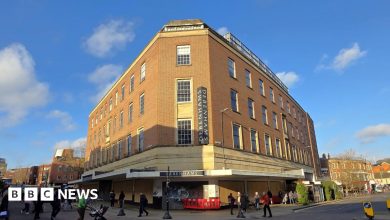Plans for Norwich Western Link in doubt over new bat rules

Plans for the Norwich Western link road, a 3.9-mile project linking the Broadland Northway to the A47, are in jeopardy due to new rules aimed at protecting endangered Barbastelle bats. Natural England has now classified the species as having “favourable conservation status”, making it nearly impossible for the road to be granted a license. Norfolk County Council, which has been working on the project for 14 months, expressed disappointment at the new guidance but remains determined to challenge it and proceed with the planning application.
Conservative council leader Kay Mason Billig voiced her disappointment at the announcement, stating that the road is necessary for economic development and road safety in the area. However, Labour and Green party leaders have criticized the council for wasting time and money on the project, urging them to abandon it in favor of a sustainable transport solution. BBC Wildlife presenter Chris Packham welcomed the news as a win for biodiversity and called for a focus on low carbon public transport. The Department for Transport had approved the road scheme, with construction planned to begin in 2026 and the road to open in 2029.
The cost of the Norwich Western link road has increased by over £20m to £274m, with the council set to pay 15% of the overall budget. Opposition parties have labeled the project a “disastrous white elephant” and called for it to be scrapped. Some local leaders have praised the decision to protect the habitat of Barbastelle bats in the Wensum Valley, considering it a victory for conservation efforts. Natural England has not yet commented on the situation, but according to their guidelines, a species classified as having “favourable conservation status” is expected to thrive sustainably in the future.
Despite the challenges posed by the protection of Barbastelle bats, Norfolk County Council is determined to forge ahead with its planning application for the Norwich Western link road. The council believes the road is essential for economic growth and improving road safety in the area. However, with opposition parties and environmental activists calling for the project to be abandoned in favor of sustainable transport solutions, the future of the road remains uncertain. The council’s decision to challenge the new guidance and proceed with the application reflects their commitment to seeing the project through, despite the obstacles presented by the protection of endangered species. Ultimately, the fate of the Norwich Western link road hinges on finding a balance between development and environmental conservation in Norfolk.








